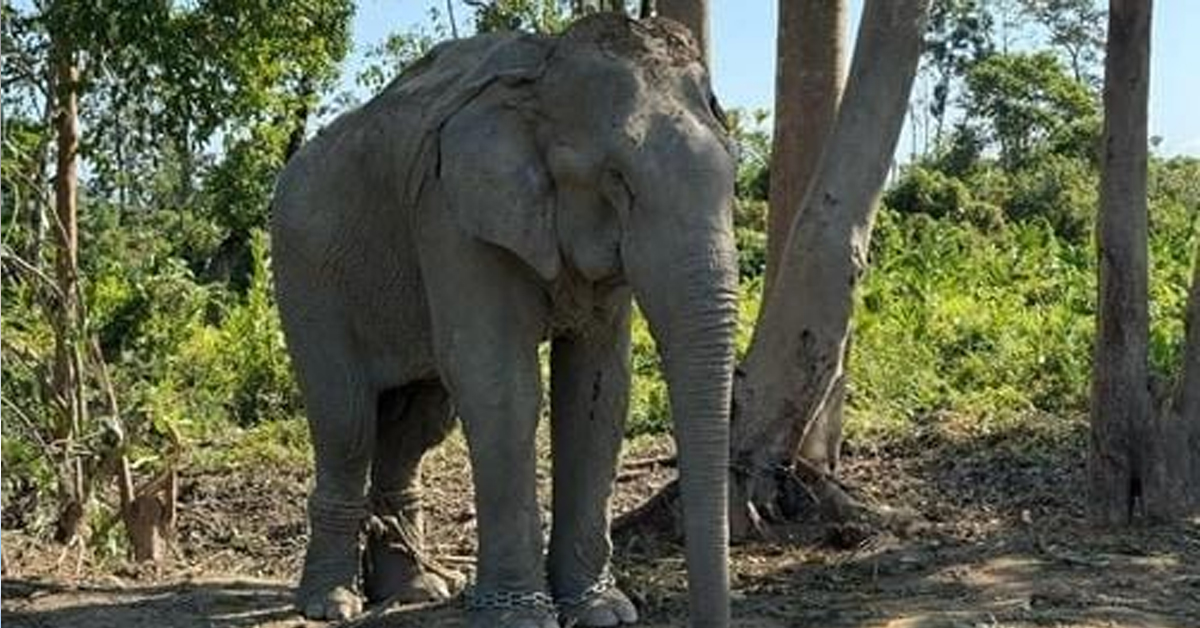Tokyo (AP): Japan launched a rocket Thursday carrying an X-ray telescope that will explore the origins of the universe as well as a small lunar lander.
The launch of the HII-A rocket from Tanegashima Space Center in southwestern Japan was shown on live video by the Japan Aerospace Exploration Agency, known as JAXA.
"We have a liftoff," the narrator at JAXA said as the rocket flew up in a burst of smoke then flew over the Pacific.
Thirteen minutes after the launch, the rocket put into orbit around Earth a satellite called the X-Ray Imaging and Spectroscopy Mission, or XRISM, which will measure the speed and makeup of what lies between galaxies.
That information helps in studying how celestial objects were formed, and hopefully can lead to solving the mystery of how the universe was created, JAXA says.
In cooperation with NASA, JAXA will look at the strength of light at different wavelengths, the temperature of things in space and their shapes and brightness.
David Alexander, director of the Rice Space Institute at Rice University, believes the mission is significant for delivering insight into the properties of hot plasma, or the superheated matter that makes up much of the universe.
Plasmas have the potential to be used in various ways, including healing wounds, making computer chips and cleaning the environment.
"Understanding the distribution of this hot plasma in space and time, as well as its dynamical motion, will shed light on diverse phenomena such as black holes, the evolution of chemical elements in the universe and the formation of galactic clusters," Alexander said.
Also aboard the latest Japanese rocket is the Smart Lander for Investigating Moon, or SLIM, a lightweight lunar lander. The Smart Lander won't make lunar orbit for three or four months after the launch and would likely attempt a landing early next year, according to the space agency.
JAXA is developing "pinpoint landing technology" to prepare for future lunar probes and landing on other planets. While landings now tend to be off by about 10 kilometers (6 miles) or more, the Smart Lander is designed to be more precise, within about 100 meters (330 feet) of the intended target, JAXA official Shinichiro Sakai told reporters ahead of the launch.
That allows the box-shaped gadgetry to find a safer place to land.
The move comes at a time when the world is again turning to the challenge of going to the moon. Only four nations have successfully landed on the moon, the U.S., Russia, China and India.
Last month, India landed a spacecraft near the moon's south pole. That came just days after Russia failed in its attempt to return to the moon for the first time in nearly a half century. A Japanese private company, called ispace, crashed a lander in trying to land on the moon in April.
Japan's space program has been marred by recent failures. In February, the H3 rocket launch was aborted for a glitch. Liftoff a month later succeeded, but the rocket had to be destroyed after its second stage failed to ignite properly.
Japan has started recruiting astronaut candidates for the first time in 13 years, making clear its ambitions to send a Japanese to the moon.
Going to the moon has fascinated humankind for decades. Under the U.S. Apollo program, astronauts Neil Armstrong and Buzz Aldrin walked on the moon in 1969.
The last NASA human mission to the moon was in 1972, and the focus on sending humans to the moon appeared to wane, with missions being relegated to robots.
Let the Truth be known. If you read VB and like VB, please be a VB Supporter and Help us deliver the Truth to one and all.
Pilibhit (PTI): A 19-day-old elephant calf, brought from Bijnor, was placed under care at the Pilibhit Tiger Reserve (PTR) on Sunday, an official said and added that the calf got separated from its mother in the forest area of Bijnor.
The calf was born on December 2 in the Bijnor forest area and got separated from its mother shortly after birth, the official said.
The forest department made several attempts to reunite it with its mother, but without any success. To ensure the calf's safety and better care, it was decided to transfer it to the Pilibhit Tiger Reserve on the instructions of senior officials.
On Saturday, Deputy Director Manish Singh received the calf. Special arrangements have been made in the reserve for its care. It has been kept in a safe and clean environment to provide it with a natural setting and protect it from external noise and disturbances.
Singh told reporters that raising an 19-day-old calf is challenging.
It requires a special diet as a substitute for mother's milk and constant monitoring.
He said a special team has been formed to provide 24-hour care. Since the calf is very young, it is being cared for like a newborn baby.
According to Singh, the primary responsibility for monitoring the calf's health has been entrusted to PTR's veterinarian, Dr Daksh Gangwar. Under his supervision, a complete record of the calf's health checkups, diet, and body temperature is being maintained. The team is ensuring that the calf does not contract any infection.





